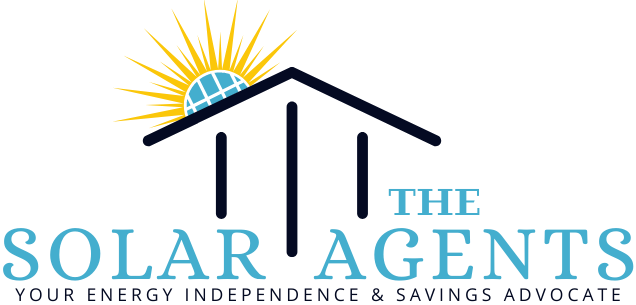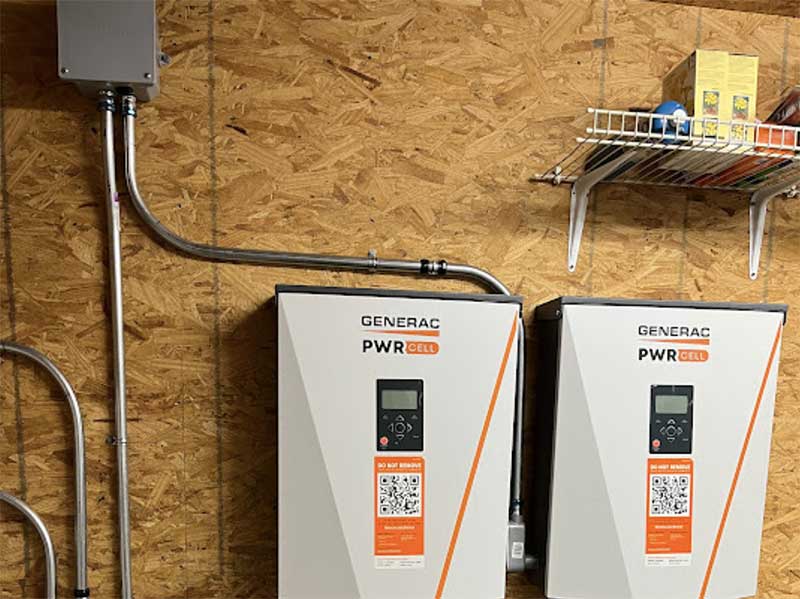Optimizing your Solar Inverter / Solar Battery Settings, Part 1:
Of all the misleading information we see out there concerning solar ownership, advice concerning the best setting for your battery/inverter system has to be the most frustrating. Unfortunately, we can’t even fully assign blame for the bad advice solely on the internet, or even on lay people like homeowners or novices, but even some of the installers we have encountered or used don’t fully understand how to maximize a system’s potential. So out of pure compassion for the solar community, here is what you need to know about inverter settings / battery settings. Now, it should go without saying that this information only applies if you have a system large enough to fill your battery bank… We have personally encountered homes that had systems that didn’t actually provide enough production to cover the homes minimal consumption, much less enough to refill the batteries. With that being said, here we go!
First, understand that every single utility is different. What is good for one home may not be good for another, even if they are in the same state, because every utility and/or provider can set their own policies or rules.
Second, everyone’s energy usage is different, so even if you have two homes, on the same street, with the same utility, the goals and/or best practices may be different.
Third, nothing is forever. Even though utilities are usually governed as a public service, they are always trying to find ways to maximize their revenue. This means that what may be the best setting for you now, may not be the best for you in the future because their policies on billing and overproduction may change. Since 2019 alone, Tennessee, Indiana, and California have all changed their policies, arguably away from the best interests of their customers, just to name a few.
With all that being said, this is one of the main reasons having a battery should always be a consideration for your initial install, or even an upgrade down the road. Thankfully, the newest Federal Legislation that passed in the summer of 2022 now allows the addition of the battery after a previous installation to qualify for the 30% tax credit as well, so now more than ever it’s a good idea to research your options.
However, assuming that if you have made it this far you already have a battery, here is the process to determine what settings are best for you:
-
-
- Determine your goals – Maximize Energy Savings, Allow for Energy Savings w/ Backup Reserve, Maximize Backup Potential.
- Research the overproduction policies of your utility/electric provider.
- Test your settings for a predetermined amount of time (I recommend at least 3 months) to confirm whether you are seeing the results that you set out for.
-
Determine Your Goals – It’s surprising how many different options you actually have at your fingertips with a system that has battery backup. For the most part, people have mainly three settings available to them, all with their own advantages and disadvantages.
- Maximize Energy Savings – This means you wish to use your battery reserve to power your home when the sun is not available instead of using the utility. Your advantage obviously is that you save the most money, the disadvantage is that if you have a service interruption in the middle of the night or on a really cloudy day, there may not be enough in reserve to support the home. There are a couple tools and limitations for this mode that I will review later in the “Research Over-Production Policies” and “Test Your Settings” section of Optimize Your Solar Inverter / Solar Battery Settings, Part 2.
- Allow for Energy Savings w/ Backup Reserve – This means you are still using your battery to power the home, however, you are also using tools like weather alert and/or limiting your battery depletion to a higher percentage. Standard for most is 20-30%, which means you are making 80-70% of your battery available to use at night. However, you can set the number and/or contact your monitoring company to set the number higher, like 50% or more. The down side of this mode is that your system will save less on your utility bill, but you would have the peace of mind that you won’t be without some form of backup power.
-
- Maximize Backup Potential – This means you have chosen to keep your full battery available for backup either from over production of solar or in areas where you are able, through a combination of solar and utility charging. The advantage is that you are able to take full advantage of your batteries backup ability, however with this goal, you could actually see an increase in your utility bill compared to other modes if the system utilizes the grid to charge the battery bank.
We will continue this topic in Optimizing Your Solar Inverter / Solar Battery Settings, Part 2
Fred West
Owner/CEO The Solar Agents



